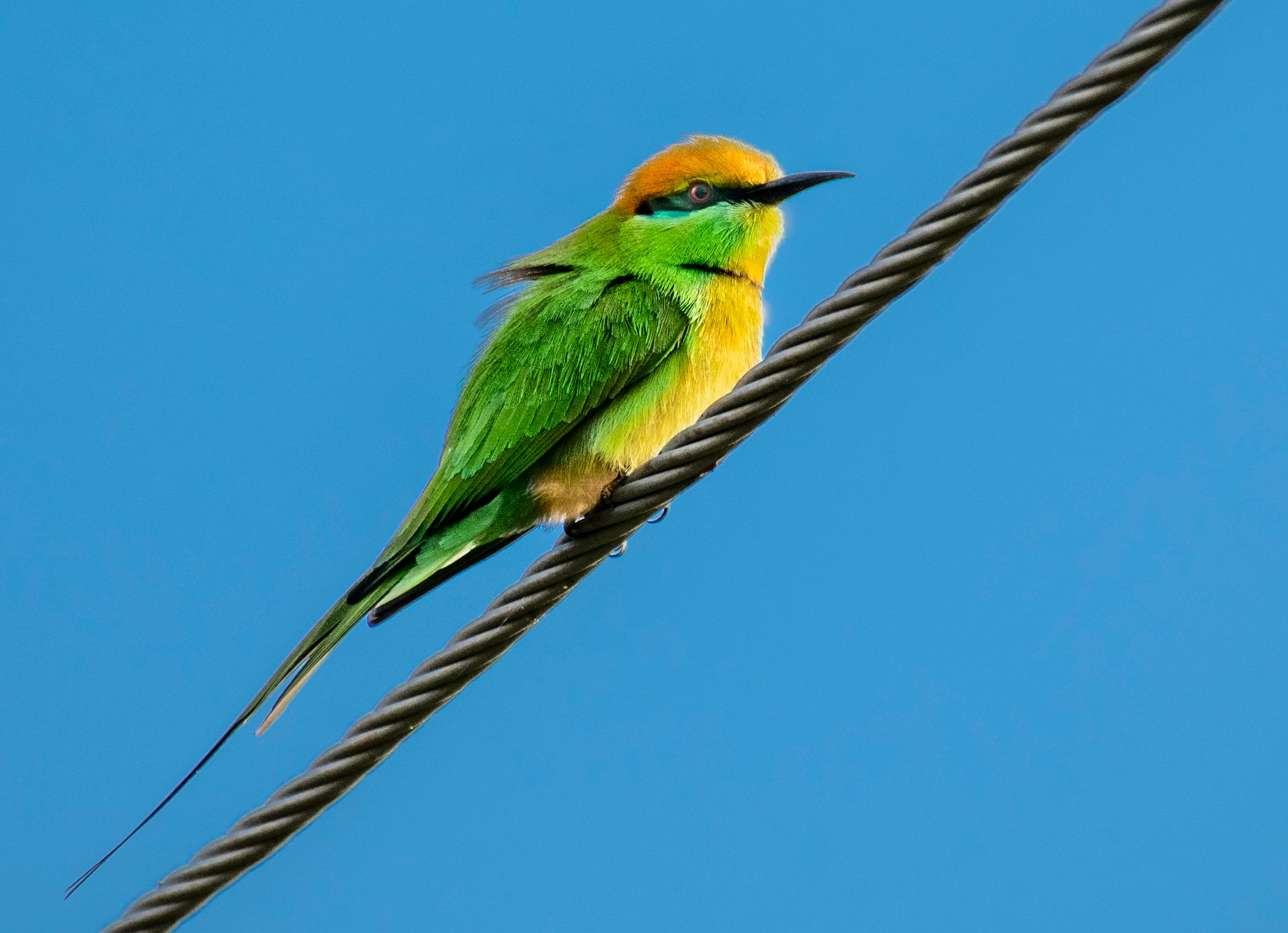Bee-eaters: The Colorful Birds That Feast on Bees
Bee-eaters are a family of birds known for their stunning colors and their unique diet. These birds are aptly named, as they primarily eat bees and other flying insects. In this article, we’ll explore some interesting facts about bee-eaters and their fascinating behaviors.
Types of Bee-Eaters
There are 27 species of bee-eaters found across Africa, Europe, Asia, and Australia. The most common species of bee-eater is the European bee-eater, which is found across Europe and Asia. Other species include the Blue-throated bee-eater, the Blue-cheeked bee-eater, and the Rainbow bee-eater.
Appearance
Bee-eaters are known for their colorful plumage, with many species sporting bright green, blue, and red feathers. They also have long, curved bills that are used for catching and eating insects. Bee-eaters range in size from 16 to 35 centimeters and weigh between 20 and 70 grams.
Diet
As their name suggests, bee-eaters primarily eat bees and other flying insects. They are well adapted to catching and eating these insects, with long, sharp bills that they use to snatch insects out of the air. After catching their prey, bee-eaters remove the stinger and venom by rubbing the insect against a hard surface before swallowing it whole.
Behavior
Bee-eaters are social birds that live in colonies. During the breeding season, pairs of bee-eaters engage in courtship displays that include aerial acrobatics and the exchange of food. After mating, the female bee-eater will lay her eggs in a burrow in the ground or in a cliff face. Both parents will then take turns incubating the eggs and feeding the chicks.
Threats
Bee-eaters face several threats in the wild, including habitat loss and the use of pesticides. These birds rely on open grasslands and savannas for their habitat, and as these areas are converted to agriculture or urban development, bee-eater populations can decline. The use of pesticides also poses a risk to bee-eaters, as it can kill the insects that they rely on for food.
Conservation Efforts
Several conservation efforts are underway to protect bee-eaters and their habitats. These efforts include the creation of protected areas, the restoration of grasslands and savannas, and the reduction of pesticide use in agricultural areas. By supporting these efforts, we can help ensure that bee-eaters continue to thrive in the wild.
Conclusion
Bee-eaters are a family of birds known for their stunning colors and their unique diet of bees and other flying insects. These birds are well adapted to catching and eating their prey, and they play an important role in the ecosystem. Unfortunately, bee-eaters face several threats in the wild, including habitat loss and the use of pesticides. By supporting conservation efforts, we can help protect these fascinating birds and their habitats for generations to come.


Comments
Post a Comment